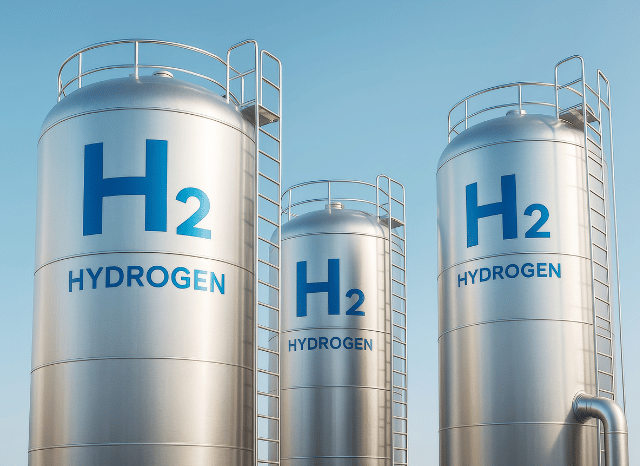From Desert to Port: How Oman's Environmentally friendly Hydrogen Could Power Germany’s Upcoming

Oman, Germany, and also the Netherlands have signed a groundbreaking agreement that may reshape Europe’s Strength landscape, ushering in a whole new era of green hydrogen imports from the center East.
A Daring shift in the global Power changeover is getting shape amongst Oman and Europe. A historic settlement signed previously this 12 months paves the way in which for among the earth’s 1st substantial-scale hydrogen corridors—linking Oman’s wide renewable sources to Germany’s industrial hubs via the Netherlands.
The Main of the initiative is environmentally friendly hydrogen—made by splitting water as a result of electrolysis driven by photo voltaic or wind Strength. This type of hydrogen has captivated worldwide curiosity for its prospective to decarbonise sectors which are or else not easy to electrify, together with major transportation, steel manufacturing, and energy storage.
Oman, leveraging its sunny local weather and ambitious countrywide approach, aims to be a major world exporter of inexperienced hydrogen by 2030. Forecasts suggest the state could deliver as much as 1 million tonnes of environmentally friendly hydrogen on a yearly basis by the top in the decade. A vital component of the strategy involves liquefying the hydrogen to aid abroad transportation.
Enter the hydrogen corridor: a prepared maritime and logistics route starting from the port of Duqm in Oman, extending into the ports of Amsterdam and Duisburg. Specialised cryogenic tankers, comparable to those Utilized in LNG transport but read more adapted for hydrogen’s Considerably decrease temperatures, will carry the gas. European ports are previously preparing the necessary infrastructure to receive, shop, and distribute the cargo.
This corridor is not only a logistical feat—it’s a strategic a single. For Germany, and that is wanting to cut down dependence on fossil fuels and diversify its energy blend, the imports could enable meet up with its goal of bringing in 10 million tonnes of renewable hydrogen by 2030. The corridor also aligns with broader EU sustainability plans and read more industrial decarbonisation initiatives.
The task’s significance lies not only in its scale, but will also in its replicability. Like LNG in advance of it, liquid hydrogen could quickly shift throughout continents, breaking cost-free from the limitations of preset pipeline networks. And Oman isn’t on your own. Other initiatives—such as Spain’s Basque check here Hydrogen Corridor as well as Central European Hydrogen Corridor—will also be developing the spine of the foreseeable future more info hydrogen financial system.
The Basque project focuses on integrating generation, distribution, and industrial use inside northern Spain. Meanwhile, the Central European route designs to repurpose existing gas pipelines to carry hydrogen from Japanese Europe to Germany, further more cementing the region’s part from the hydrogen changeover.
If effective, these attempts could mark A significant milestone in decarbonising Europe’s significant industries and transportation networks—driven through the Sunshine and wind of distant deserts.